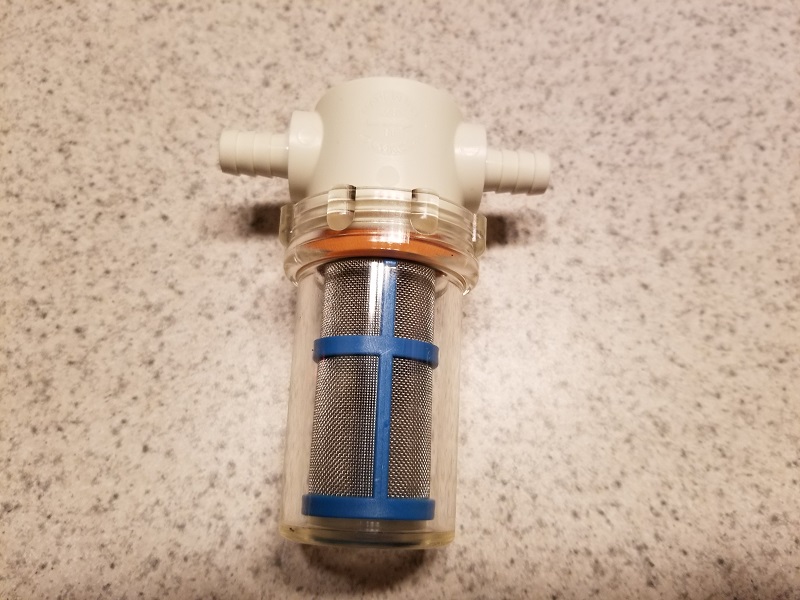Hey everyone.
My brew guy says my bottled beer is too cloudy and introduced me to the auto-syphon to rack a finished ferment off the trub, chill the new bucket for day or two, then rack that. Voilà, cleared beer ready for bottling!
Since I bottle though, I got to wondering if there'll be enough yeast left in the new bucket from this method to allow my priming sugar to carbonate?
(I prime the bucket, not each bottle if that matters.)
My brew guy says my bottled beer is too cloudy and introduced me to the auto-syphon to rack a finished ferment off the trub, chill the new bucket for day or two, then rack that. Voilà, cleared beer ready for bottling!
Since I bottle though, I got to wondering if there'll be enough yeast left in the new bucket from this method to allow my priming sugar to carbonate?
(I prime the bucket, not each bottle if that matters.)



